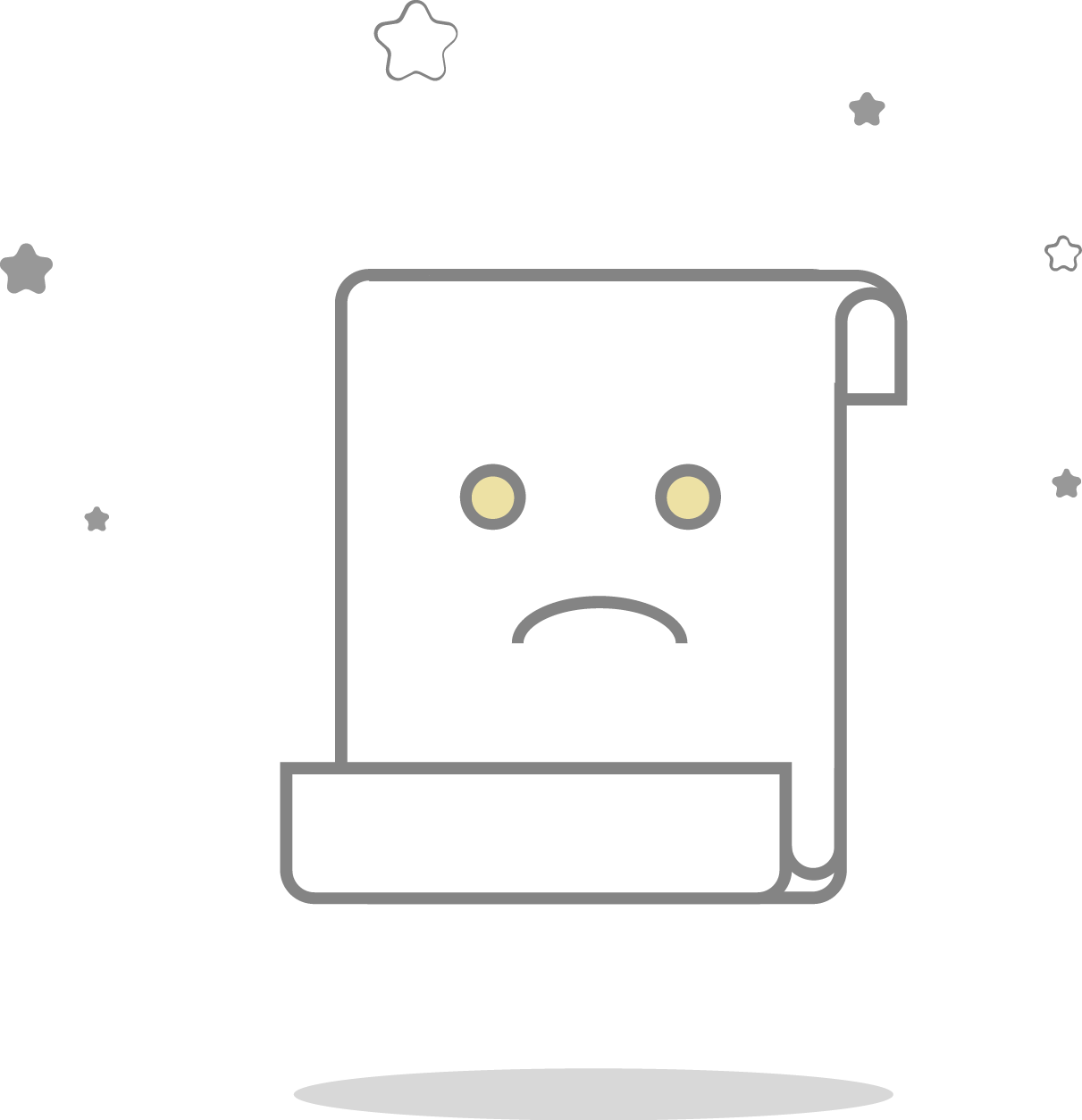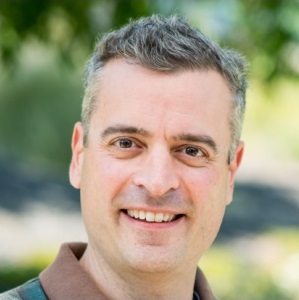Dimitri Kullmann
Lab Information
UCL Queen Squaree Institute of Neurology
Research Area and Skills
Recognize this scientist’s Expertise for their contribution in your research
Ion Channels 0 Synaptic Transmission 0 Neuronal Circuits 0 Epilepsy 0 Channelpathies 0
- Post
- Publication
- Plasmid
- Following (0)
- Follower (2)
Hello everyone! I have successfully joined Cloud Scientist program!I‘m Dimitri Kullmann, a lead PI of the Synaptopathies Initiative. My lab’s research emphasizes on the fundamental mechanisms of synaptic transmission, together with the computational properties of small ...Learn More
- Like (6)
- Reply (2)
-
Share
Colasante G, Qiu Y, Massimino L, et al. In vivo CRISPRa decreases seizures and rescues cognitive deficits in a rodent model of epilepsy. Brain. 2020;143(3):891-905.
Bygrave AM, Kilonzo K, Kullmann DM, Bannerman DM, Kätzel D. Can N-Methyl-D-Aspartate Receptor Hypofunction in Schizophrenia Be Localized to an Individual Cell Type?. Front Psychiatry. 2019;10:835. Published 2019 Nov 21.
Thor MG, Vivekanandam V, Sampedro-Castañeda M, et al. Myotonia in a patient with a mutation in an S4 arginine residue associated with hypokalaemic periodic paralysis and a concomitant synonymous CLCN1 mutation. Sci Rep. 2019;9(1):17560.
Colasante G, Lignani G, Brusco S, et al. dCas9-Based Scn1a Gene Activation Restores Inhibitory Interneuron Excitability and Attenuates Seizures in Dravet Syndrome Mice. Mol Ther. 2020;28(1):235-253.
Snowball A, Chabrol E, Wykes RC, et al. Epilepsy Gene Therapy Using an Engineered Potassium Channel. J Neurosci. 2019;39(16):3159-3169.

This guy hasn’t plasmids anything yet.
Hot plasmids

This guy has no following anyone.
Popular Cloud Scientists
About Us · User Accounts and Benefits · Privacy Policy · Management Center · FAQs
© 2026 MolecularCloud





